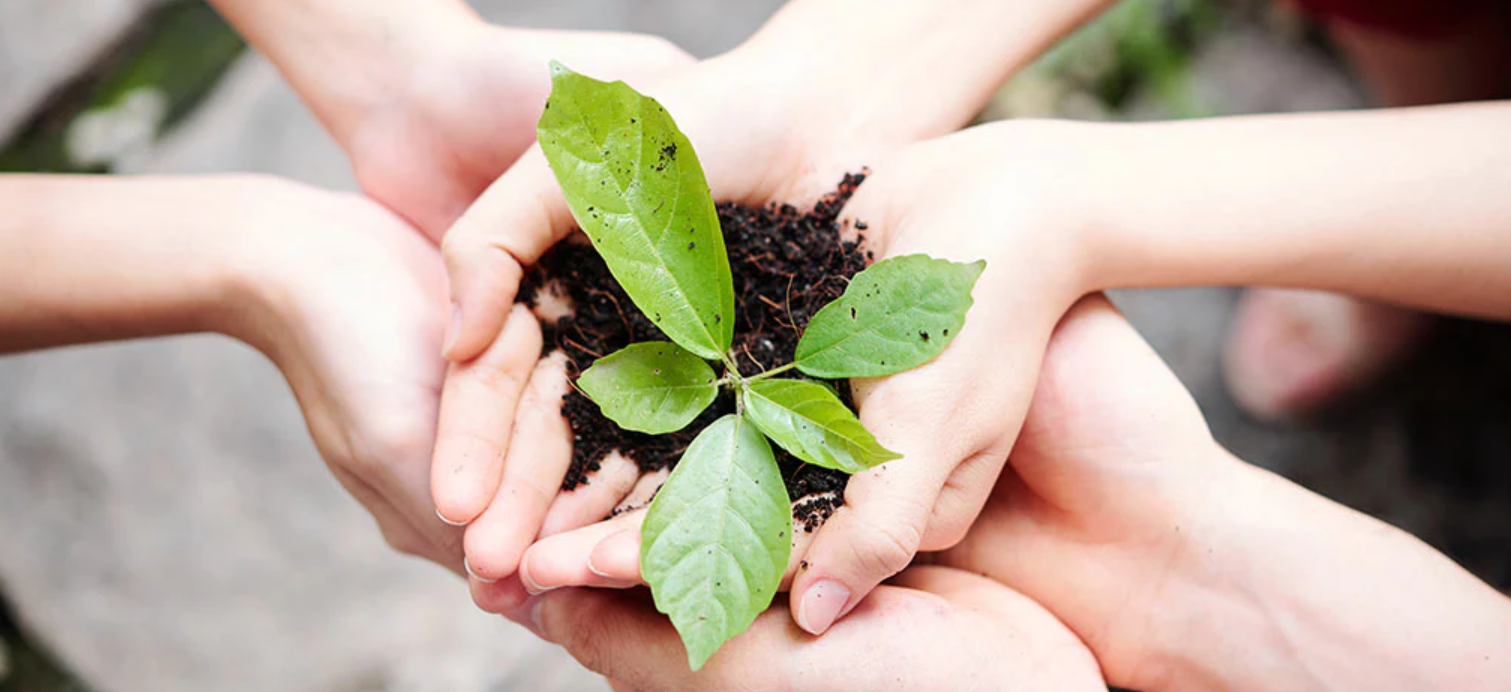Environmental stewardship is a broad concept that can be applied to a wide range of activities. It can include anything from community involvement to educating the public.
Stewardship actions are often supported or instigated by external organizations. These stewardship support activities may promote intrinsic motivations through education and awareness raising campaigns or build capacity through network building or other facilitating actions.
1. You have the right mindset
Using the right mindset is key to environmental stewardship. You must be willing to take risks and be patient. In addition, you must be aware of the impact that your actions will have on others. For example, if you are growing vegetables in your garden, you should use natural fertilizers. This way, you will not cause any harm to the environment.
Furthermore, you should try to buy locally-sourced food. This will reduce transportation emissions and other negative effects. This will also help to boost the local economy.
Various programs, partnerships and funding initiatives have tried to promote environmental stewardship. However, it is challenging to articulate which leverage points these interventions target. For instance, some of these initiatives promote environmental education and community outreach; others advocate for property rights and capacity support for technical management, while a few focus on specific conservation actions (e.g., fishing gears that reduce by-catch or the creation of marine protected areas). In inherently complex social-ecological systems, these specific actions can have unintended consequences on other actors, system components and ecosystem services at different scales.
2. You have the right resources
When it comes to environmental stewardship, there are many things you can do to make a difference. For example, switching to solar energy is a great way to reduce your carbon footprint. It will also save you money on your utility bills and help the environment.
Another way to improve your environmental stewardship is to buy local produce. This will reduce the amount of carbon emissions caused by shipping food from other parts of the country. In addition, buying locally-grown fruits and vegetables helps support your community and promote sustainable farming practices.
Various academic studies have examined different factors that influence environmental stewardship at local and macro scales. These factors include ethics, motivations, capacity and institutions. The extent to which people engage in stewardship actions is dependent on a range of issues such as the presence or absence of property rights, the existence of higher-level policy incentives, and the size of a community. For instance, a person might restore habitat on their own land or in a neighborhood while an entire community might conserve a forest or coral reef.
3. You have the right technology
In the context of fostering social-ecological sustainability, environmental stewardship has emerged as a central concept in ecosystem research that seeks to empower individuals and communities with instruments for engaging with their local environments. However, a lack of comprehensive understanding and analytical frameworks limits efforts to promote environmental stewardship and develop effective engagement practices.
To address this gap, we present an analytical framework for environmental stewardship that brings together insights from the literature on civic practices and social-ecological resilience. We then use the framework to unpack a series of three illustrative cases of environmental stewardship related to waste management. Two of these, Plogga and Litterati, rely on narratives of individual agency in acts of care to engage people in litter-picking activities while the third case involves a more formal organisation, Pesticide Environmental Stewardship Programme (PESP), that facilitates community participation in sustainable pesticide management in multi-apartment buildings.
These examples demonstrate how the direct actions of stewardship are shaped by and in turn influence other levels of complexity, including the way stewardship actions can benefit or undermine sustainability outcomes at other locations or scales. The analysis shows how these broader scale implications of stewardship can be overlooked or neglected, for example in the case of pulling invasive species from a single farm, which may not necessarily support sustainability at other places or scales.
4. You have the right people
Having the right people means you have employees who share your values when it comes to environmental stewardship and business sustainability. This can help you make better decisions that minimize your impact on the environment. It can also help you attract and retain more customers as they see your company as a responsible environmental steward.
Environmental stewardship is a broad term that encompasses many different actions. These can include limiting the harvest of a species, establishing no take terrestrial or marine parks and marine protected areas, replanting trees, creating community gardens, or reducing harmful activities and pollution.
Most real-world interventions promote stewardship through more than one leverage point at the same time — for example, environmental education of resource users or youth (Stern et al. 2008), property rights or capacity supports for technical management, and systems of rewards and punishments (Ostrom 1990). However, the overall structure and context that enables stewardship is complex. Few studies have developed a holistic analytical framework for understanding the different elements that support or undermine stewardship.

